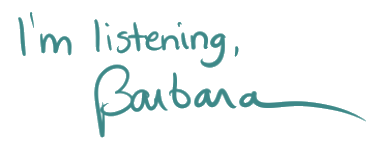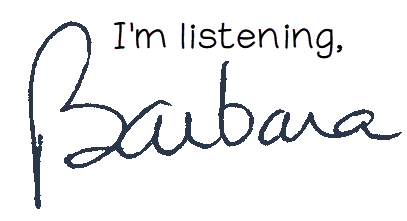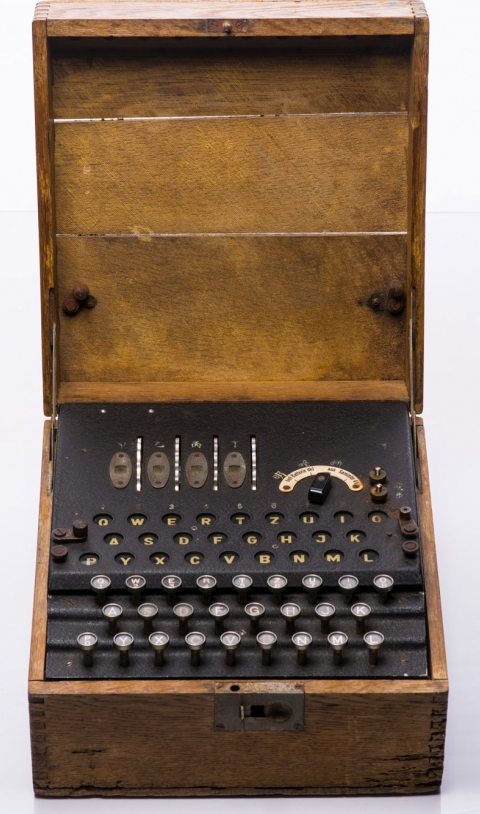
Students in my PRCM 1000 Public Relations and Media Relations Fundamentals course have just completed their first papers using American Psychological Association (APA) format. In our course, I provided them with a variety of helpful resources. While most of the students caught on quickly to using APA format, there were still quite a few who struggled with this new (to them) way of writing.
Here are some of the most common errors that these students made, with links to resources for additional information and help.
- Getting the Format Just Right: APA has its own style for how your paper should look. Remember to double-space, keep those margins at one inch, and use a readable font like 12-point Times New Roman. Also, don’t forget about the running head and page numbers – they’re important too.
- Citation Confusions: When you mention someone else’s ideas, APA wants you to include the author’s last name and the year the work was published right there in your text. It’s easy to miss one of these or get the format a bit mixed up, but with a bit of practice, you’ll get the hang of it.
- Reference List Hiccups: At the end of your paper, you’ll list all your sources. This part can be tricky. Each entry needs to follow APA’s rules for things like authors, titles and publication details. It’s all about getting the details right – like getting names and dates in order and using italics where needed.
- Title Page Troubles: Your title page is like the welcome mat of your paper. It should have your paper’s title, your name, and where you study. Sometimes there’s an author note, too. Make sure this page is neatly organized as per APA’s layout.
- Heading Hang-ups: APA uses specific styles for headings to organize your paper. It’s easy to get these mixed up or forget them, but they really help make your paper clear and easy to follow. (NOTE: Headings were not required for this first paper.)
- Abstract Angles: If you need an abstract, keep it short and sweet (150-250 words). It’s like a mini-version of your paper, highlighting the key points. (NOTE: An abstract was not required for this first paper.)
- Quote Quirks and Paraphrasing Pitfalls: Using quotes? Make sure you don’t overdo it and follow APA’s rules for formatting them. When you’re putting things in your own words (paraphrasing), be sure it’s really in your own words to avoid plagiarism.
- Plagiarism Pointers: Always give credit where it’s due. Make sure you’re citing all your sources to avoid any plagiarism pitfalls.
- Technical Term Tangles: APA likes it when you use the right technical terms but in a clear way. It’s about striking a balance between being accurate and being understandable.
- Consistency is Key: Stick to the same formatting, style and voice all through your paper. It helps in making your paper look professional and well-thought-out.
Remember, mastering APA style is a learning curve, and it’s perfectly fine to take your time to get familiar with it. Use resources like the APA manual, online guides or your campus writing center. And always, always proofread your work. You’ve got this! ?
What questions do you have about APA style? Please let me know. I’m happy to help!

NOTES
The framework of this article was inspired by ChatGPT.











